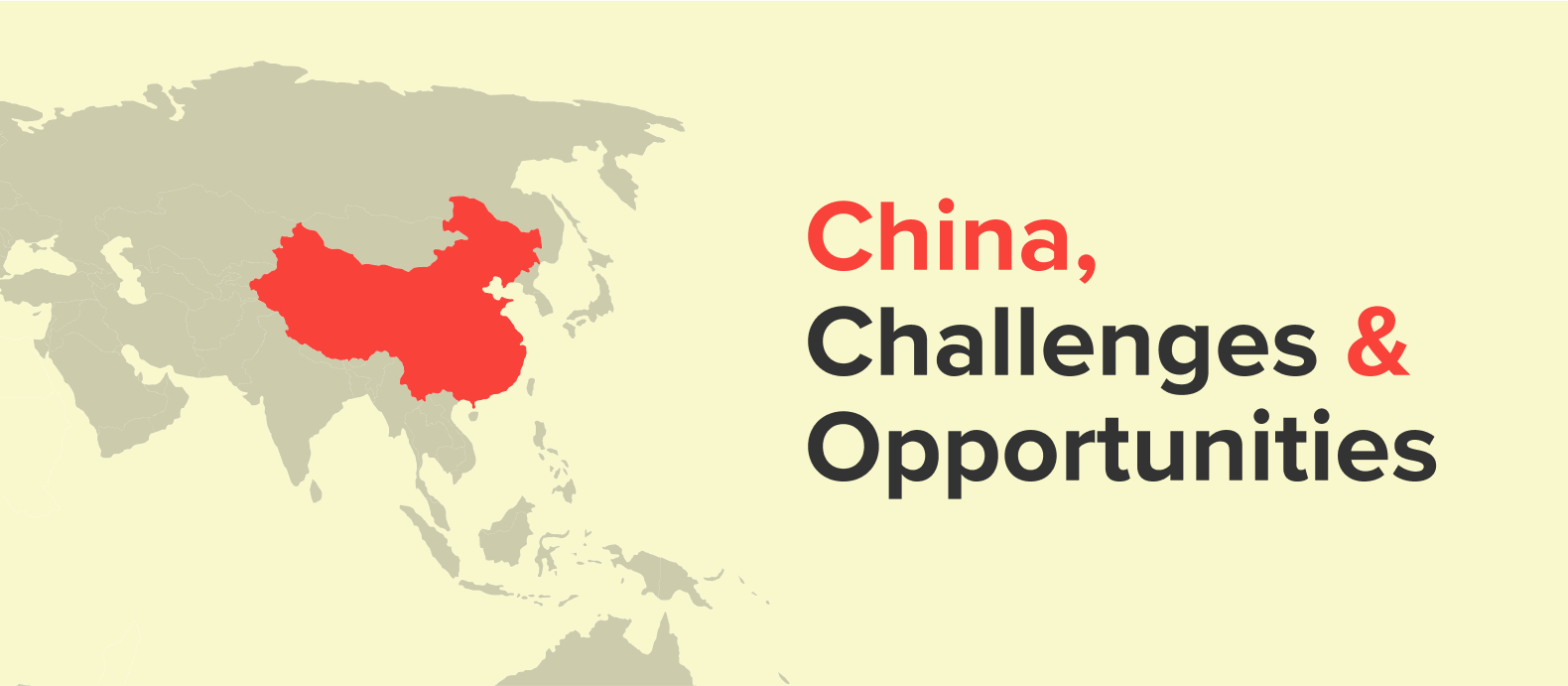In a global market, counterfeits and other trademark infringers are seemingly everywhere. Companies need international trademark protection, but costs can quickly add up. Learn about the pros and cons of International Trademark Registration, what to think about when deciding where to protect your trademarks, and how brand protection tools can help.

What is a trademark and why does it matter?
A trademark is the shorthand for a brand. It identifies the source of goods or services. Often, a trademark is a word, logo, or phrase, but it can also be a sound, color, smell, product design, or other brand indicator. When consumers see your logo or hear your brand name, they will know the quality of goods or services they can expect.
Trademark registration and protection can vary from country to country. Years ago, that was mainly an issue for larger companies with an international presence. But today, nearly any company can do business across borders.
How do you protect your trademark across borders?
A trademark can exist simply by using the word, design, or other indication as a brand. Some examples are using “TM” along with the mark or setting the mark off in all caps, especially along with the generic term for the goods, like PEPSI cola.
Even though a trademark can exist without registration, registration makes a big difference when it comes to trademark protection. Trademark registration means that the trademark owner has registered the mark with a country’s intellectual property office (“IPO”).
Trademarks are geographically based. Trademark rights are based on consumer perception in a particular geographic region. In addition, registration is usually national. In other words, a U.S. trademark registration only provides protection in the United States. If you encounter a knock-off in another country, the U.S. registration will not be much help.
In some countries, having a trademark registration is a prerequisite to taking legal action against an infringer. Elsewhere, registration is not mandatory for legal action but does provide crucial advantages. For example, in the U.S., registration allows the owner to sue in federal court and provides the owner with a presumption that it has rights in the mark. But it can be expensive and cumbersome to file registrations in every country where a business has a presence, virtual or otherwise.
What is international trademark registration?
Fortunately for brand owners, there are multi-country trademark filing systems available to streamline the process of international trademark protection.
The most prominent international trademark protection system is the Madrid System, which provides what is called International Registration (“IR”). However, brand owners should know that “International Registration” can be a somewhat confusing term.
The Madrid System operates in countries that have signed onto a treaty allowing registration through a centralized system. Under Madrid, the owner of a registration in one country can request an extension of its registered protection to another signatory country.
For example:
- The owner of a U.S. trademark application or registration can file for an IR designating a number of other Madrid countries;
- Through the IR, administered by the World Intellectual Property Organization (“WIPO”), separate filings – called requests for extension of protection – will be filed in the countries designated by the trademark owner;
- In order to be granted registration in each designated country, the request must meet that country’s registration requirements. It may be necessary to hire a local attorney to meet these requirements.
Although the term “International Registration” appears to provide broad protection, it is not actually a single, worldwide trademark registration. Rather, the IR provides the means to request registration in all the countries that a brand owner chooses to designate. The IR only provides the ability and platform to file streamlined applications in individual countries.
An applicant through Madrid must pay the filing fees for each country along with a filing fee to WIPO for the IR. Depending on the number of countries designated, this can add up quickly. Therefore, an applicant that only needs to file in one or two countries outside their home country might prefer to simply retain counsel in each country and file directly.
Aside from the Madrid System, there are other ways that trademark owners can get international trademark protection. For example, other international treaties, like the Paris Convention, allow a trademark owner in one country to obtain registration in other participating countries based on the home country registration. Unlike the Madrid System, the Paris Convention still requires filing through each new country’s individual national IPO.
There are also international filing regimes that allow one filing that covers all member nations. For example, the African Intellectual Property Organisation (“OAPI”) is the centralized single registration system for several member states within Africa.
What are the challenges in protecting your trademarks internationally?
As discussed above, even with a centralized filing system like Madrid, the costs of filing for registration in multiple countries can become prohibitive.
Further, the challenge of protecting your trademarks does not end with registration. For one thing, the registrations must be maintained over time, including with payment of renewal fees. The Madrid System also has a potential downside called central attack. This requires the underlying registration that forms the basis of the IR to remain in force for the first five years of the IR. Any changes to the home country registration will also take effect for the IR.
Aside from registration, the trademark owner should be vigilant to monitor potential infringers or other conflicting marks or risk losing rights. This may involve challenging new conflicting applications, taking legal action against infringers, monitoring imports for counterfeits, and more.
Best practices for international trademark protection
With the potential costs of international trademark protection, one of the first and most important strategic considerations is where to file. Consider where your business has a presence and where it is likely to expand. Also, think about where potential infringers or counterfeiters are likely located. When you have carefully considered the locations that are most important, you can better understand the potential costs and fees.
In deciding where to file, you also should have a basic understanding of the trademark registration systems in your target countries. In some countries, the priority of trademark rights is based on use. Elsewhere, rights begin when the application is filed or registration issued. In a use-based country – such as the United States – it is possible to establish and enforce trademark rights without registration, although registration makes enforcement much easier. In the “first to file” countries, on the other hand, an earlier filed registration can block a newer application, even if the mark in the application was used first. Consider whether a target country is first-use or first to file in deciding whether to prioritize filing there.
In addition, it is often necessary to use the mark in a country in order to maintain the registration there. Even if a company obtains a registration, it may be vulnerable to cancellation in a few years if the company isn’t using the mark in the country where it is registered.
Once a company’s rights are established, it is important to enforce them. Tech-based solutions can streamline the process of trademark monitoring and enforcement. For example, Red Points Trademark Protection Services provides automated detection across platforms including online marketplaces, domains, social media, and more. Red Points AI-powered analysis not only identifies potential risks, it helps cluster matching data points and identify repeat infringers. Finally, Red Points can help your company to efficiently enforce your trademark rights by requesting takedowns from +5000 global platforms.
What’s next
If approached strategically, protecting trademarks internationally can be worth the cost. Evaluate your company’s goals, priorities, and global presence, and consider whether the Madrid System, international filing treaties, or direct in-country filing are the best fits for your brand and budget.
With registrations in hand, you can undertake an enforcement program that focuses on the highest priorities. Red Points’ automated monitoring and AI-powered analysis not only helps to identify the repeat infringers in your target markets, it also works with you to efficiently request the removal of infringement on key platforms. Request a demo to learn more about how our Trademark Protection Solutions can give you a leg up in international trademark protection.










